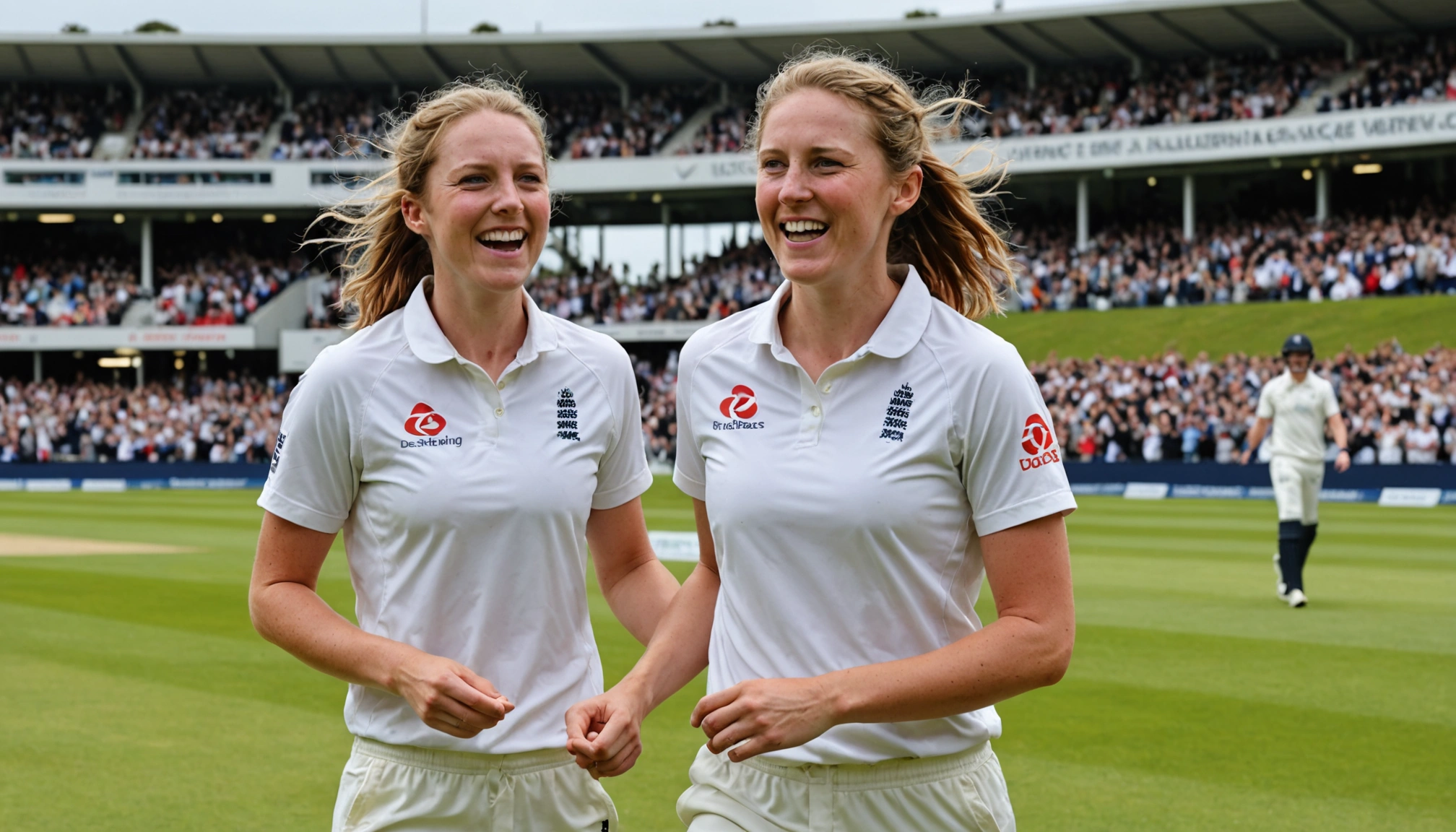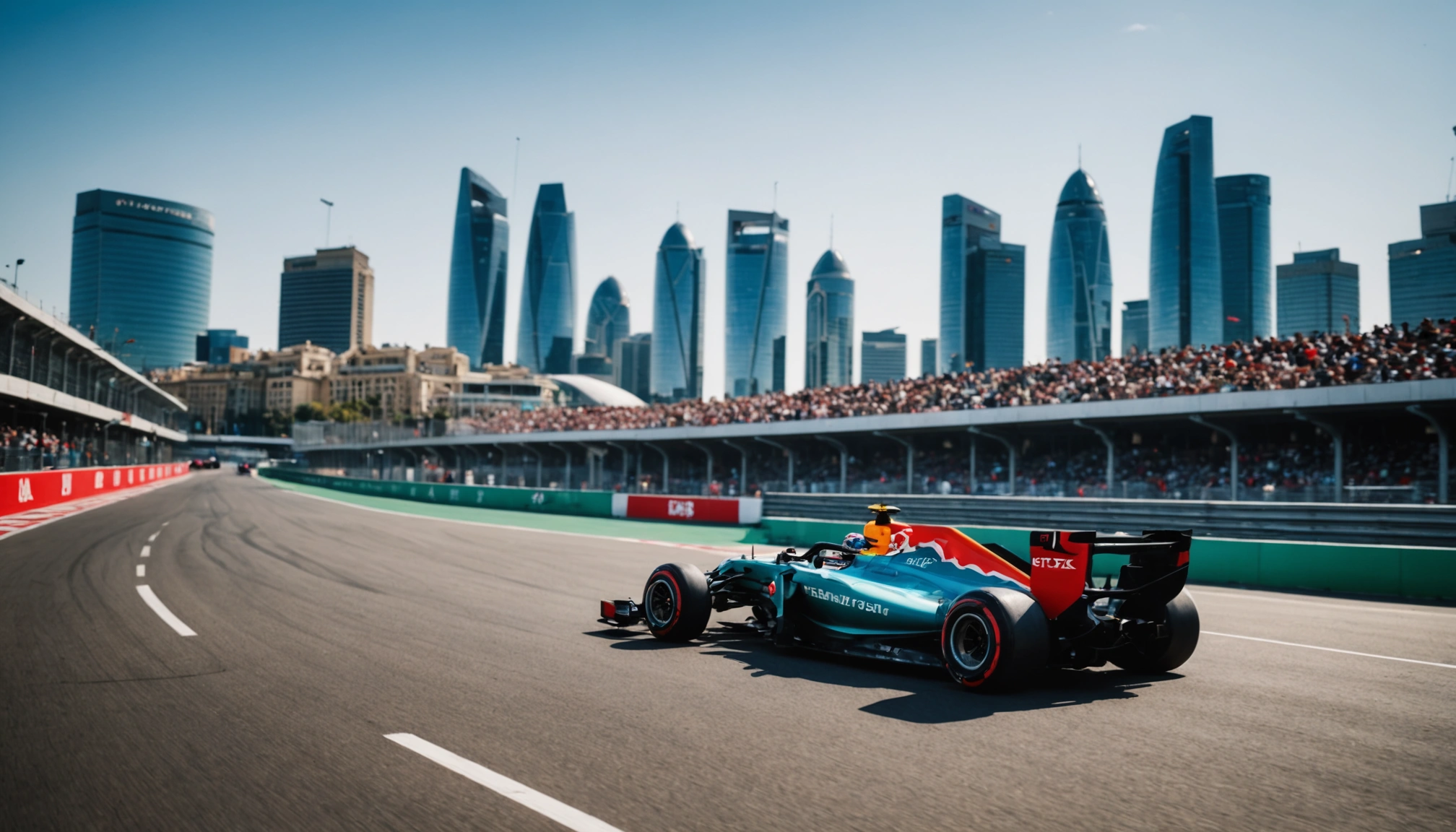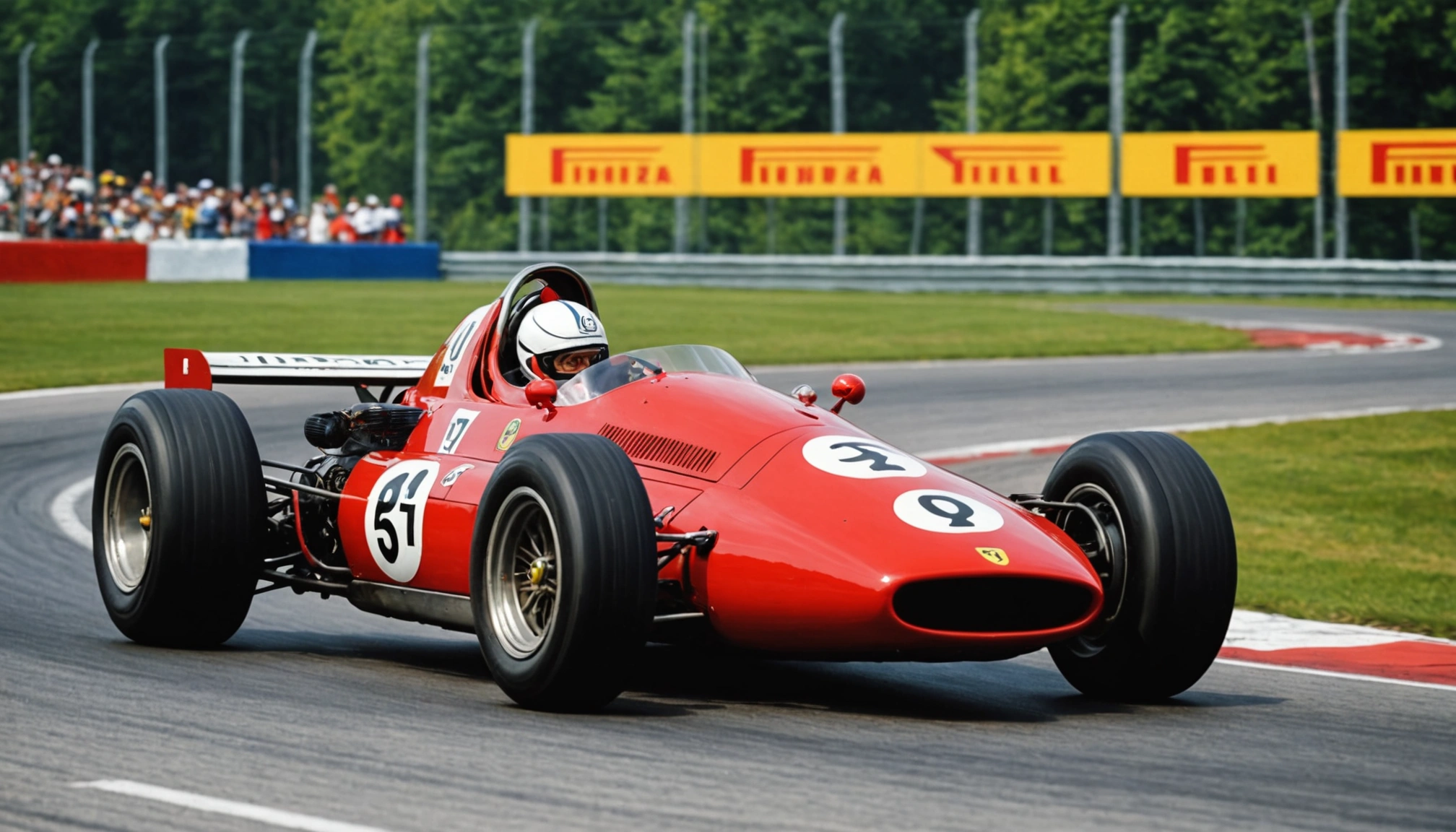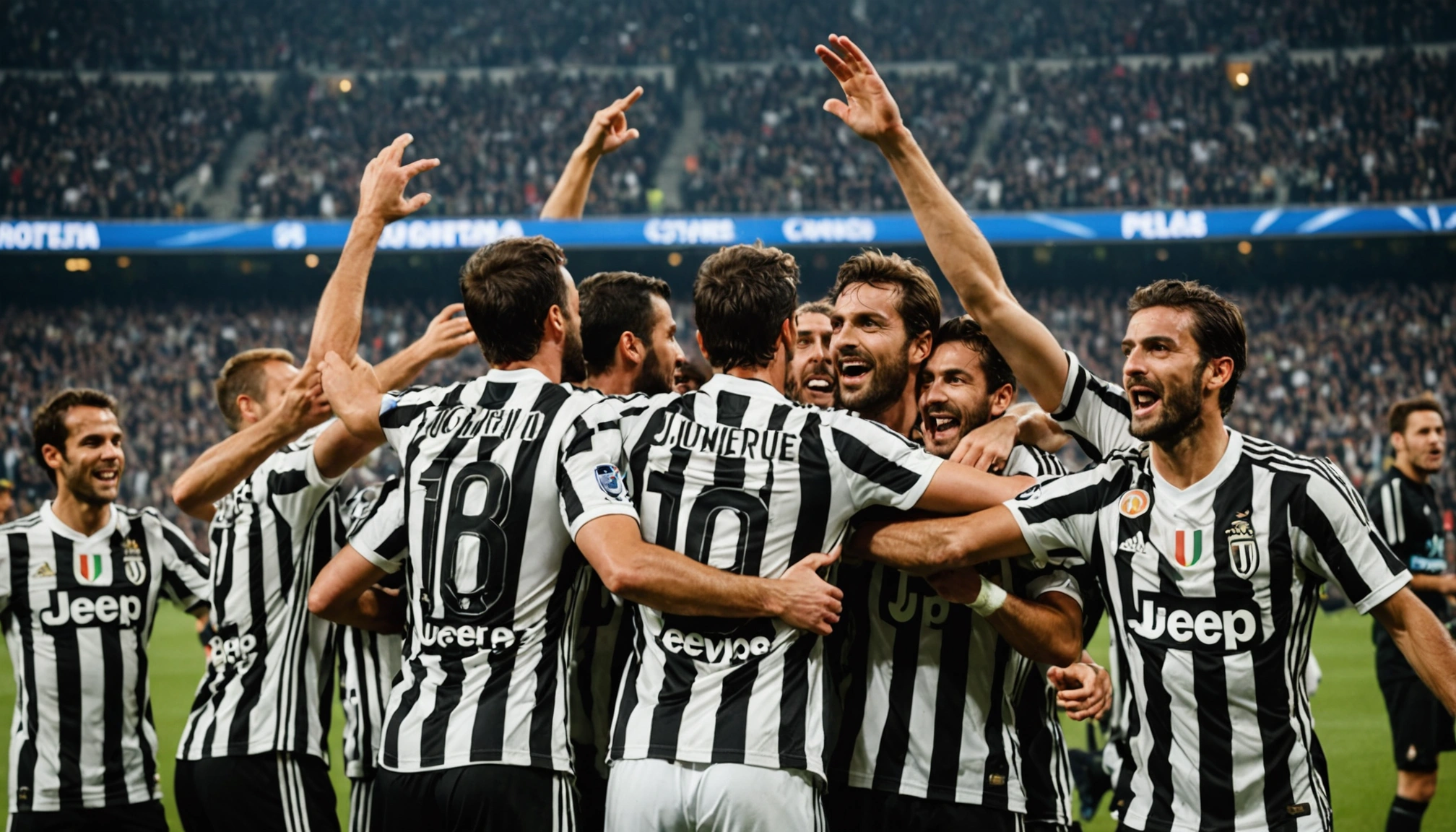Graham Lee’s journey from racecourse triumph to life-changing injury
Discover Graham Lee’s inspiring journey from Grand National winner to life after paralysis, revealing resilience, family bonds and hope for recovery.

By Editorial
Introduction to Graham Lee’s remarkable story
Graham Lee, a celebrated jockey with nearly 2,000 career wins, is known for his skill and dedication in the horse racing world. However, his life took an unexpected turn after a tragic fall in November 2023 left him paralysed from the shoulders down. This article explores Lee’s journey from the heights of racing glory to facing the challenges of a spinal injury, offering insights into resilience, family support, and the broader implications for athletes in high-risk sports.
Life before the accident
Born in Galway and based in North Yorkshire, Graham Lee enjoyed a prolific career spanning over three decades. His achievements include winning the 2004 Grand National on Amberleigh House and securing the leading jockey title at the Cheltenham Festival a year later. Lee also triumphed on the Flat, notably riding Trip To Paris to victory in the 2015 Gold Cup at Ascot.
Despite his modest self-assessment as having ‘moderate’ ability, his record speaks volumes: over 1,000 winners in jump racing alone, with a target to match that on the Flat. His relentless drive and passion defined his identity, often pushing him to focus solely on racing, sometimes at the expense of living in the moment.
The accident and immediate aftermath
On 10 November 2023, Lee suffered a catastrophic fall in the starting stalls at Newcastle Racecourse. The impact caused severe spinal cord damage, leaving him paralysed from the shoulders down and dependent on a wheelchair. He recalls the moment of the fall and the subsequent hospitalisation at the Royal Victoria Infirmary, including a heart stoppage and flatlining episode.
The trauma was not only physical but mental. Regaining consciousness to find a team of six doctors and eight nurses attending him marked the start of an arduous recovery journey. The injury’s severity has meant that bones and previous injuries, which had healed in his long career, pale in comparison to the permanence of this condition.
A new perspective on life and family
Lee openly shares how the accident has transformed his values. He admits that, before, racing was everything — the be-all and end-all. Now, he reflects on what truly matters: family. He expresses a poignant wish to trade every race win for a simple embrace with his wife Becky and their children, Amy and Robbie.
His wife Becky highlights the profound impact on the entire family, acknowledging the upheaval and the emotional toll while praising the support received from the Injured Jockeys’ Fund (IJF) and others. The IJF’s round-the-clock assistance underscores the importance of specialised support for injured athletes.
Rehabilitation and ongoing support
Graham Lee’s rehabilitation takes place at the Matt Hampson Foundation’s Get Busy Living Centre in Leicestershire. The foundation, established by Matt Hampson — a former rugby player paralysed after an accident — offers vital physiotherapy and emotional support.
Clinical lead Tilly Cumming emphasises the difficulty for athletes like Lee, who are used to physicality and control, to adjust to life with a high-level spinal injury. Yet the community Lee has found there has been a source of unexpected strength, proving that adversity can bring new connections and hope.
Hope for recovery and the role of science
Despite medical opinions suggesting he may never walk again, Lee remains hopeful. His determination to defy expectations reflects the broader optimism in spinal injury research. Advances in regenerative medicine, neuroplasticity, and assistive technologies offer new avenues for recovery that were unimaginable even a decade ago.
This mindset encourages not only Lee but also others facing life-altering conditions to maintain hope and actively engage with emerging therapies and innovations.
The irony and risks in horse racing
It is a striking irony that Lee’s career-ending injury occurred on the Flat — generally considered less risky than jump racing, where falls are more frequent and often severe. Lee’s experience highlights the unpredictable dangers inherent in horse racing, regardless of discipline.
This raises broader questions about safety measures and support systems within the sport, aligning with ongoing discussions about athlete welfare across various high-contact sports, such as football and rugby.
Parallels with other UK sports and athlete welfare
Lee’s story resonates beyond horse racing, touching on themes relevant across UK sports. Whether it’s the physical demands in football, the intensity in rugby, or the precision in darts, athletes face risks that can have lasting consequences.
For example, the community and medical support available to Lee mirror initiatives in other sports that aim to protect and rehabilitate players. Understanding these shared challenges can foster better cross-sport collaboration on safety and recovery.
For readers interested in the broader landscape, exploring the top sports in the UK from football to darts provides an insightful overview of the nation’s sporting culture.
Conclusion: resilience, family, and hope
Graham Lee’s journey from celebrated jockey to a man confronting paralysis is a powerful testament to human resilience and the enduring importance of family. His story reminds us that beyond trophies and titles, life’s true victories lie in connection, hope, and the courage to face the unknown.
As Lee continues his recovery, supported by loved ones and dedicated professionals, he inspires not only the horse racing community but all who value determination and compassion in sport and life.
Related topics
Editorial
Sports expert at SportsScoop
Specialist in sports analysis and journalism
Related articles
Want to read more?
Explore our comprehensive collection of sports articles and analysis, or contact us for more information.



